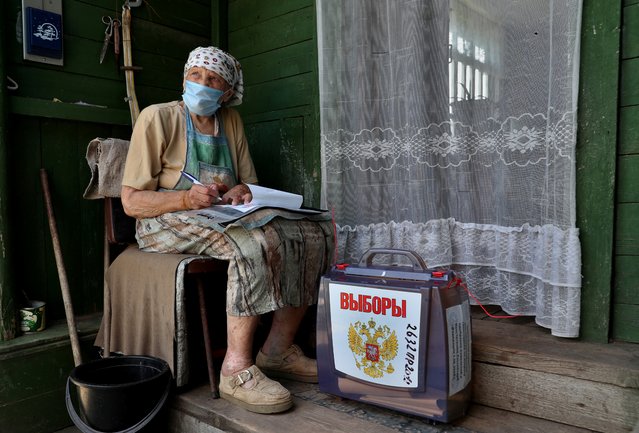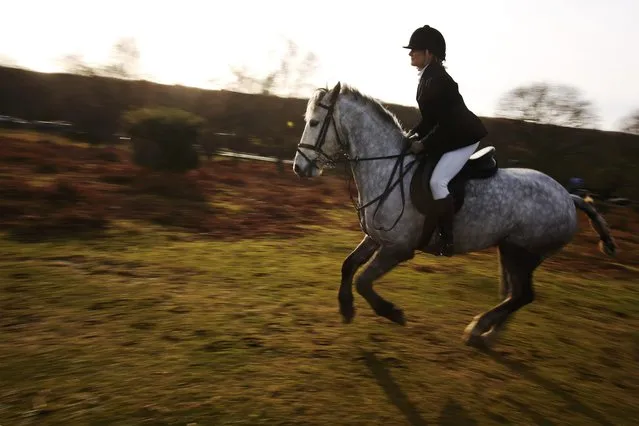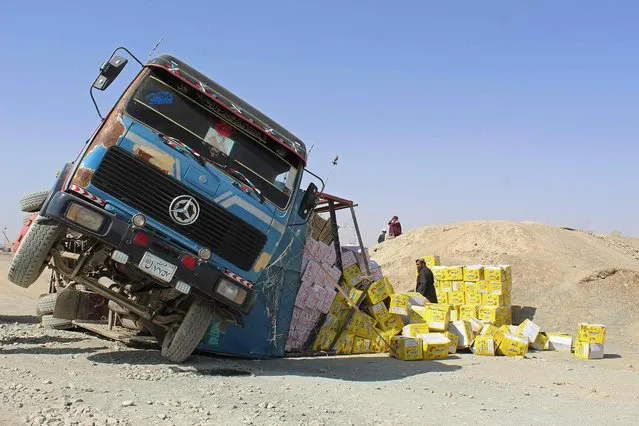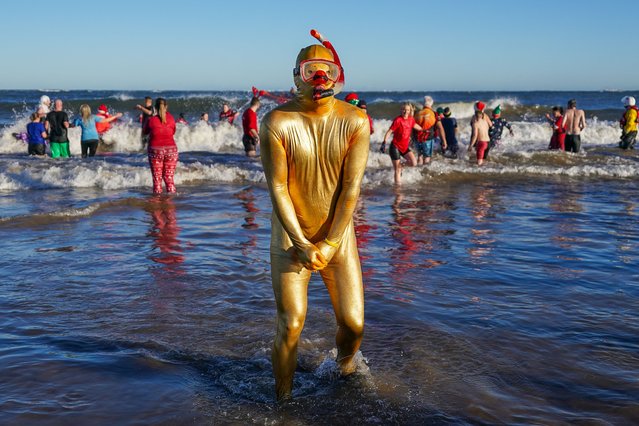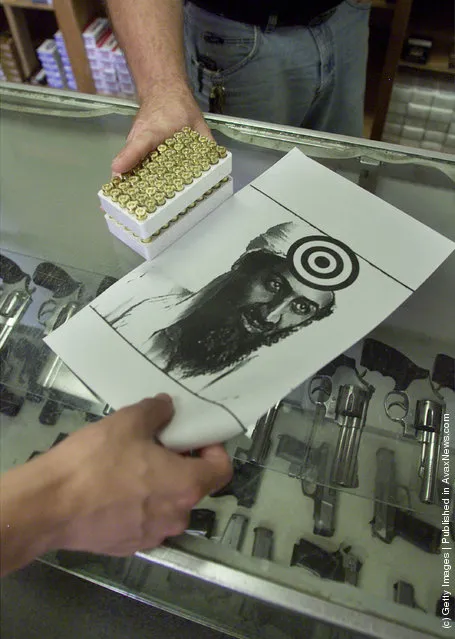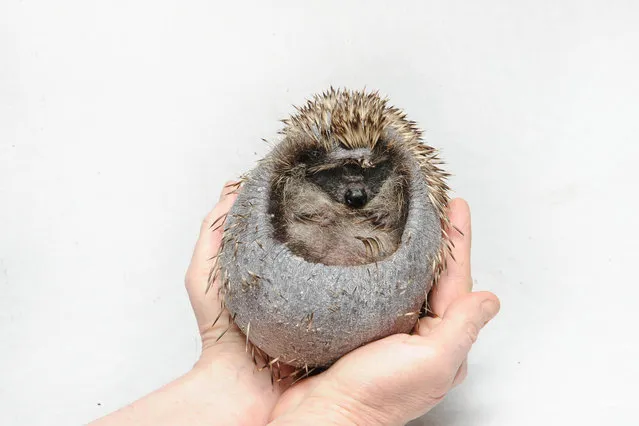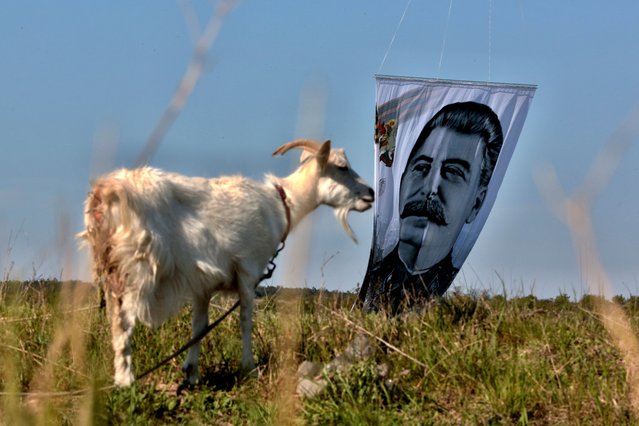
Russian Boxing Federation lifts a portrait of late Soviet leader Joseph Stalin with a hot air balloon, close to city of Belogorsk outside Simferopol, Crimea, on May 11, 2020, to mark the 75th anniversary of the end of World War II also called the Great Patriotic War, amid the coronavirus (COVID) pandemic. (Photo by AFP Photo/Stringer)
13 May 2020 00:07:00,post received
0 comments

